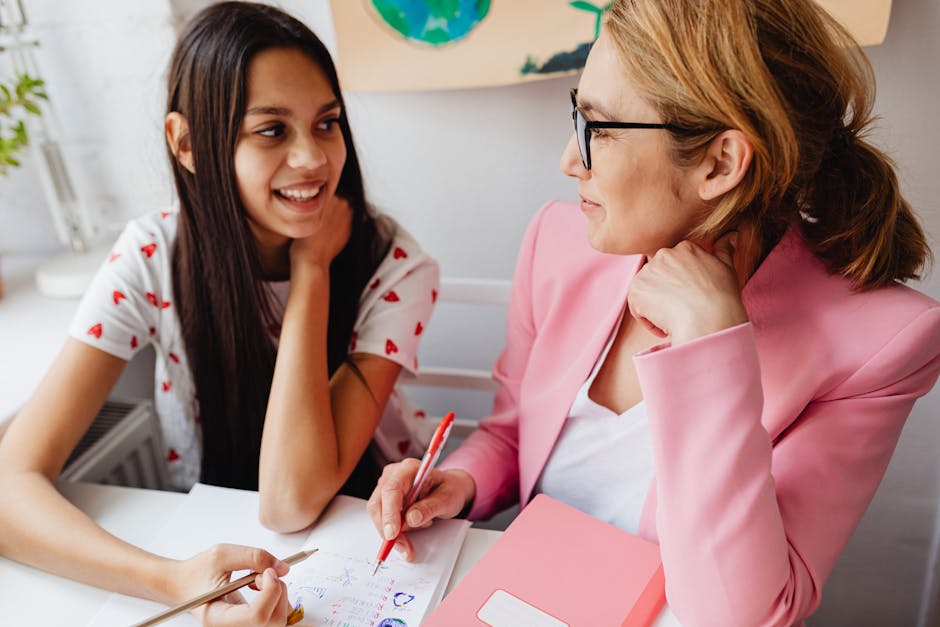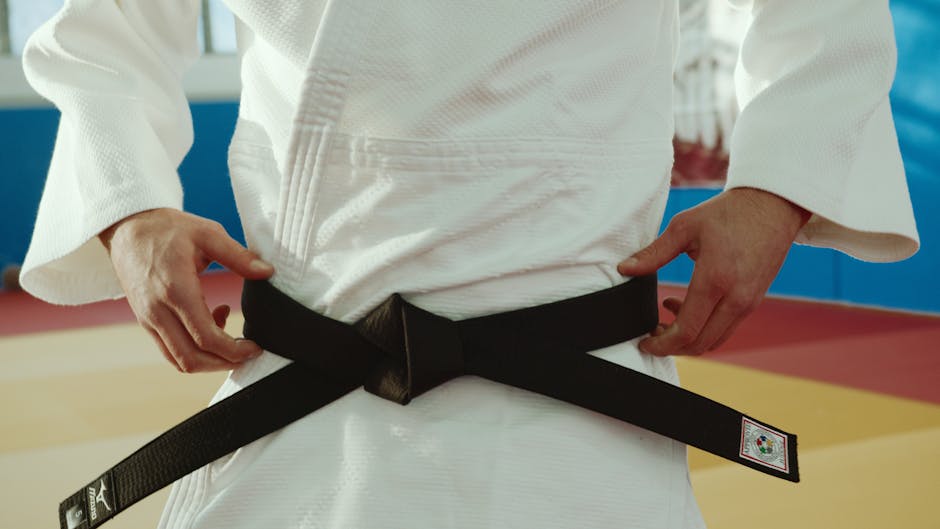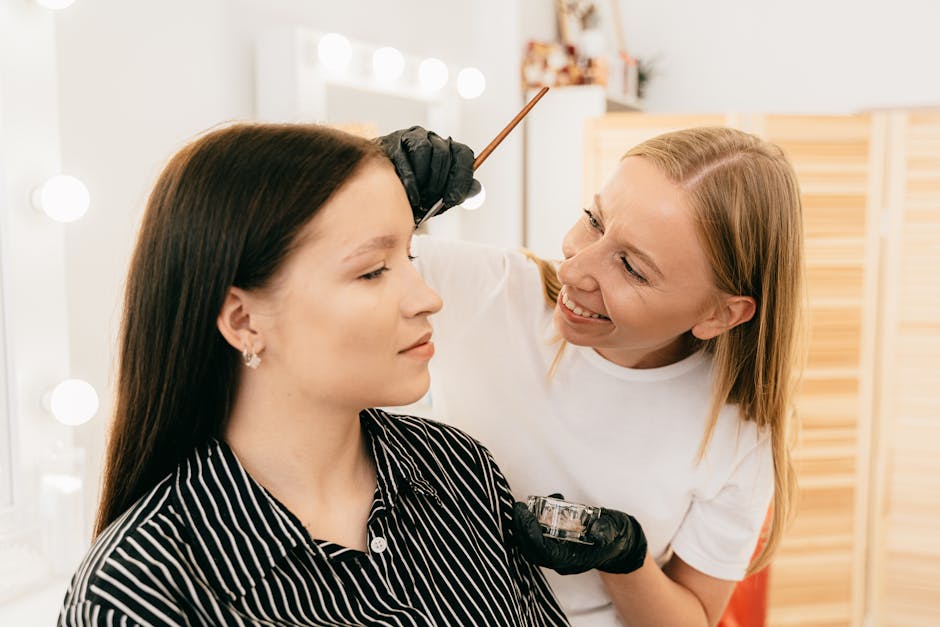Unlocking the Power of Confidence Building: A Comprehensive Guide
Confidence building is a crucial aspect of personal development that can have a profound impact on various areas of our lives. From career advancement to social interactions, having confidence can make a significant difference in how we perceive ourselves and how others perceive us. But what exactly is confidence building, and how can we cultivate it in our lives? In this comprehensive guide, we will delve deep into the intricacies of confidence building, exploring its various dimensions, and providing practical tips on how to boost our self-assurance.
The Psychology of Confidence

Confidence is often described as a belief in oneself and one’s abilities. It is a positive mindset that allows individuals to take on challenges, push past obstacles, and strive for success. From a psychological standpoint, confidence is closely linked to self-esteem and self-efficacy. Self-esteem refers to the overall sense of self-worth and self-respect, while self-efficacy is the belief in one’s ability to perform specific tasks or achieve certain goals.
Research has shown that individuals with high levels of confidence are more likely to set ambitious goals, persist in the face of failure, and ultimately achieve success. Conversely, low confidence can lead to self-doubt, procrastination, and missed opportunities. Therefore, understanding the psychology of confidence is essential for anyone looking to improve their self-assurance.
Building Confidence Through Positive Affirmations

One of the most effective ways to build confidence is through the use of positive affirmations. Positive affirmations are statements that are repeated daily to reinforce positive beliefs about oneself. By affirming our strengths, talents, and capabilities, we can gradually reprogram our subconscious mind to believe in our own potential.
For example, instead of saying “I’m not good enough,” we can replace that negative thought with a positive affirmation like “I am talented and capable of achieving great things.” Over time, these positive affirmations can help boost our self-esteem and confidence, enabling us to tackle challenges with a positive mindset.
It’s important to note that positive affirmations are most effective when they are specific, believable, and consistent. By choosing affirmations that resonate with us personally and repeating them regularly, we can harness the power of our subconscious mind to cultivate a strong sense of self-confidence.
Overcoming Self-Doubt and Imposter Syndrome

One common barrier to building confidence is self-doubt and imposter syndrome. Self-doubt is the inner voice that tells us we’re not good enough, smart enough, or talented enough to succeed. Imposter syndrome, on the other hand, is the feeling of being a fraud or an imposter, despite evidence of our accomplishments.
To overcome self-doubt and imposter syndrome, it’s essential to challenge negative thoughts and beliefs about ourselves. This can be done through cognitive restructuring, which involves identifying negative thought patterns and replacing them with more positive and realistic ones. For example, instead of thinking “I’m not smart enough to apply for this job,” we can reframe that thought to “I have the skills and experience necessary to excel in this role.”
In addition to cognitive restructuring, seeking validation from others can also help combat self-doubt and imposter syndrome. By sharing our accomplishments and receiving positive feedback from friends, family, and colleagues, we can build a more accurate and positive self-image.
Physical Appearance and Confidence

While confidence is primarily an internal state of mind, our physical appearance can also play a role in how confident we feel. Research has shown that individuals who take care of their physical appearance tend to have higher levels of confidence and self-esteem.
Simple practices such as grooming, dressing well, and maintaining good hygiene can have a significant impact on our self-perception. When we look good, we feel good, and that positive energy can radiate outwards, boosting our confidence in social situations and professional settings.
However, it’s important to remember that true confidence comes from within and is not solely dependent on external factors. While taking care of our physical appearance can enhance our confidence, it’s equally important to work on cultivating a positive mindset and belief in our own abilities.
Confidence Building in Social Interactions
Confidence plays a crucial role in social interactions, influencing how we communicate, connect with others, and assert ourselves in various situations. Individuals who exude confidence are more likely to attract positive attention, build meaningful relationships, and navigate social dynamics with ease.
One effective way to build confidence in social interactions is through the practice of assertiveness. Assertiveness involves expressing our thoughts, feelings, and needs in a clear and respectful manner, without being passive or aggressive. By asserting ourselves confidently and setting boundaries in social settings, we can establish healthy relationships and communicate effectively with others.
Another key aspect of confidence building in social interactions is body language. Nonverbal cues such as posture, eye contact, and gestures can convey confidence and assertiveness. By maintaining open body language, making eye contact, and using confident gestures, we can project a strong and self-assured image to those around us.
Expert Opinions
According to renowned psychologist Albert Bandura, confidence is not a fixed trait but a skill that can be developed through practice and experience. Bandura’s social cognitive theory emphasizes the role of self-efficacy in shaping behavior and motivation. By setting achievable goals, seeking positive role models, and mastering new skills, individuals can gradually increase their self-efficacy and confidence.
Similarly, psychologist Amy Cuddy has conducted research on the relationship between body language and confidence. In her famous TED Talk, Cuddy discusses the concept of “power posing,” where adopting expansive and open body postures can boost confidence and reduce stress. According to Cuddy, striking a power pose for just two minutes can have a significant impact on our mood and behavior.
Conclusion
To wrap things up, confidence building is a multifaceted process that involves psychological, behavioral, and physical components. By understanding the psychology of confidence, practicing positive affirmations, overcoming self-doubt, taking care of our physical appearance, and honing our social skills, we can cultivate a strong sense of self-assurance that empowers us to achieve our goals and dreams.
Remember, confidence is not a destination but a journey, and it’s never too late to start building your confidence one step at a time. With dedication, self-awareness, and a positive mindset, you can unlock your full potential and embrace the limitless possibilities that come with true confidence.




